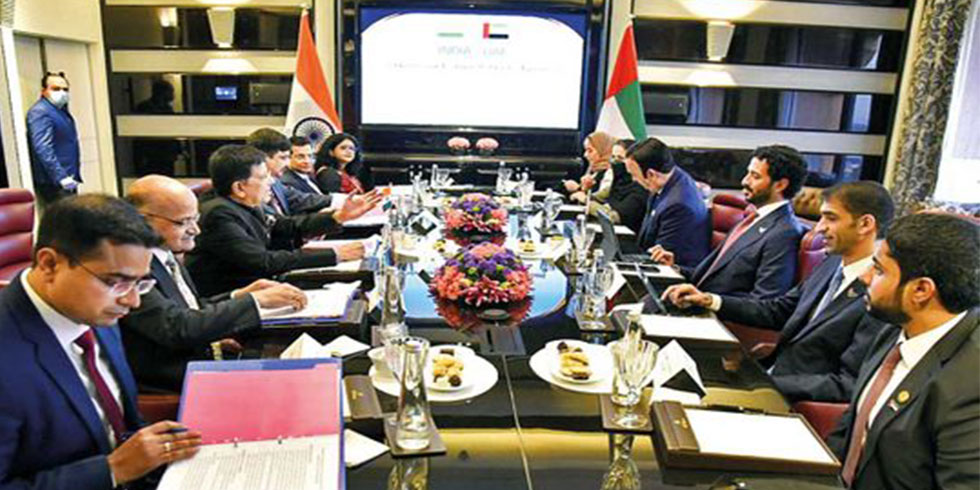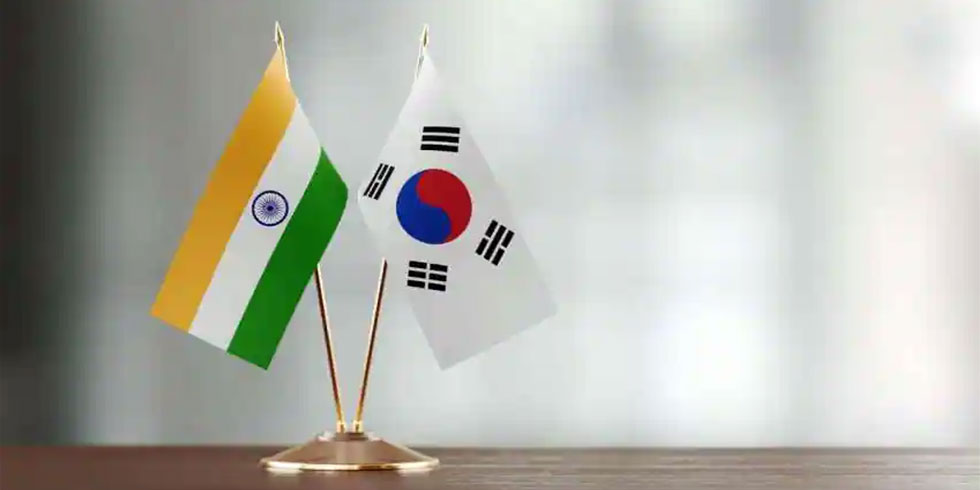The Indian readymade garments industry has been a vital enabler of our export trade. Each year it exports to the West, ready-to-wear apparel worth several billion dollars. Trade analysts, in the recent past, have been quite gung-ho about this sector’s prospects. Where do countries like India, China and others in the region derive the strength that adds so much value to their economies? It is not as if nimble fingers and skilled tailoring hands do not exist in developed nations. The answer lies is in the availability of cheap labour. Unfortunately, this advantage is likely to disappear in the near future. Just as worrying is the obliviousness of this looming danger on the part of our policy and decision-makers.
Ideas and ivory towers

We simply need to delve into the realm of robotics and artificial intelligence to gauge the situation. A former professor of robotics at the Georgia Institute of Technology has helped create a robotic tailor that can stitch a perfect circle: If you can stitch a perfect circle, then you can perform almost any complicated sewing task that, in the past, could only have been undertaken by skilled and experienced hands. The only seemingly viable option for the garments industry in the Asian region is to seek to import such machines. There goes a part of our plan to keep unemployment figures down.
There are many lessons that need to be imbibed by us in India from this troubling future of the garments industry. These lessons transcend the garments industry and need to be brought to the attention of educationists, policymakers and several arms of the government. The success of this robotic stitching device provides us with a near-perfect example of the power of a knowledge-based economy. A seamless chain linking a knowledge centre, a private company and an arm of the US government helped bring about this transformation that does not bode well for India and China. This transformational idea emanated from a knowledge institution and was put to practical use by a for-profit company. The catalyst that transformed the idea from a patent into the actual robotic device was the Department of Defense of the United States. It supported the research through a contractual grant.
As another illustration, we need to wake up to the fact that Nike has been experimenting with the use of 3D printers to manufacture shoes. These areas of high-end technology have a rapid rate of convergence. It is well nigh possible that our shoe manufacturing industry could be hard-hit in no time. My final example also relies on the IT world; a few years ago, I compared the quarterly earnings of the IT company Google and a major Indian IT company. The Indian IT company, at that point in time, was much older than Google and had almost 10 times the number of employees working at Google. Yet, Google had earned more than three times what the Indian IT company had earned in that single quarter.
A year ago, I looked at the two entities again. Google is still very much smaller than the Indian IT company in terms of employees, but it earns much more in one quarter than what the Indian IT company earns in a whole year. This is simply because Google is based on a knowledge idea that has connections to Stanford. The Indian IT company, alas, is dependent on brawn as opposed to brains.
A little reflection on our own great and ancient heritage shall also convince us that Nalanda, Takhshila, Vallabhi, Vikramshila and many other great institutions were not the outcomes of some grand central strategy laid down in great detail that could have spawned micromanagement of these institutions. The lessons can be easily inferred and are not too many, nor too tedious. Policy — if at all — must simply be more in the realm of enlightened inducement that encourages and engenders good practices. It must nurture and encourage initiative and out-of-the-box thinking and should be, to an extent, ready to accommodate risk taking and have room for failure.
Institutions have to move out of traditional modes of thinking and must recognise that knowledge can exist in all realms, not just in formal systems around academia.
Witness the dabbawalas of Mumbai or the achievements of Craig Venter or the great insights of G.J. Mendel or even the fact that Albert Einstein was really working as a patent clerk when he made his tremendous discoveries. C.V. Raman was in the office of the accountant general while making his discovery. In ancient India, much before Christ and the Greeks, some outstanding mathematics was discovered and driven by societal needs. Knowledge systems in India invented cataract surgery and plastic surgery much before Christ; the invention of the so-called Wootz steel allowed us to export the knowledge and the steel implements of surgery. The invention and use of the rapalgai — a rope-based device also called kamal — enabled our merchant ships to calculate positions at sea at a time when Europe was clueless — the great Issac Newton had admitted defeat in this respect. Enormous economic benefits thus accrued to India for centuries.
So the learning that stares us in the face is the need to develop and nurture educational institutions in a manner that ensures their linkages to the needs and challenges of the nation — including its economic needs. This requires inducing young minds to grapple with the challenges of the nation and society. The other learning that also mocks us is the fact that no red alerts seem to have been issued in this context by any economic agency, think tank or any institution of knowledge. Knowledge without action is meaningless, as stated by the Mimansa school of philosophy long ago.













Add Comment